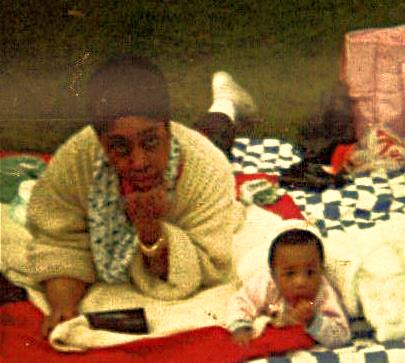
Beyond what is worn, the entire culture of hauls, fast fashion and cheap clothing is especially troubling for Muslims, why? That’s the topic of our discussion.
In this podcast we discuss:
- Consumerist culture
- Importance of Hijabi fashion
- Being ethical leaders
______
Art: Renee Gouin
Consider picking up a copy of my book, 40 Hadith of ‘Aisha, An English collection of 40 Hadith narrated by the beloved wife, scholar, and sage ‘Aisha bint Abu Bakr, available here. Also, consider signing up for our monthly newsletter here: bythefigandtheolive.com/newsletter. And don’t forget to subscribe to our podcast, new episode next Sunday: iTunes Soundcloud





Salaam,
I found your podcast very informative. In addition, I would say that this post from Brother Daniel Haqiqatjou is also very complimentary to this issue. https://www.facebook.com/haqiqatjou/posts/1912155815669798
However, if I may offer a criticism of your point. And I understand you meant to word it differently and if you had more time would have discussed this in more depth. While it is true that certain cultural versions of the hijab are not seen as better than one another (such as in Desi countries most women wear shalwar/kameez with a non-see through shawl, etc.), even we have to understand that Abaya as worn by female sahabi/ female ahlul bayt is undeniably the best manifestation of physical modesty and what modern women should ideally strive to wear it. This does not mean that if sisters wear any other type of modest clothing it is haram or not acceptable, and it may be more than acceptable at times. And this may sound too literalistic, but the literal hijab of the female sahabi/ female ahlul bayt is the zenith of physical modesty compared to any culture’s version of modest clothing.
That said, I also wanted to ask you about your thoughts on the appropriate “level” of hijab fashion. And I know that you said that you may perhaps discuss what exactly popular fashionistas wear and what is considered to be an “acceptable level” of modest fashionable clothing without compromising the core of hijab. That said, I am sure that you know that many muslim women have long since passed this “acceptable level” of modest fashion and are now heading into dangerous territory of borderline haram levels of “modest clothing”.
It has gotten to such an extent where non-hijabi catholic/Orthodox christian modestly dressed women look MORE modest in comparison and even in behavior than MANY millennial muslim women. And if the goal for us western muslims is to adopt a culturally complementary manifestation of hijab, then going back to the example of Catholic modest women, muslim women need only emulate their attire with the only real alteration being a head covering, no perfume, and hardly visible makeup. But again, clearly many millennial muslim women have long since passed the time period where muslim women were chiefly concerned with emulating the clothing of conservative modest catholic women. And ever since say 2008 are now trying to mimic the fashion of non-muslim female instagram models and Youtubers (Of whom I have been told most are not at all religious in the slightest and are looking for the attention of “thirsty” guys) with a sort of cherry-on-the-top tinge of Islamic modest attire, but it only ends up looking pointless.
Thank you for listening, Alhumdulilah. I agree with the statement you linked, very valuable and true. Modest clothing is pretty straightforward -loose, opaque and covering the body from head to toe (with the possible exception of feet). The closer we are to that the more modest we are, the farther we are from that the less modest we are. Unfortunately, some modern hijabi fashion is pretty immodest, though I guess one can argue it’s still more modest than non-Muslim Western secular dress.
Of course, the dress of the prophet’s wives would be the status quo but I’d ask, do we know what that is? The Abaya of today’s Saudi women is not the same dress of the women around the messenger, peace to him. I say that because we know only 100 years ago when the Saudi kingdom was founded they imposed the long black Abaya as the only clothing option for women. So what did they wear 1400 years ago? I’m not really sure.